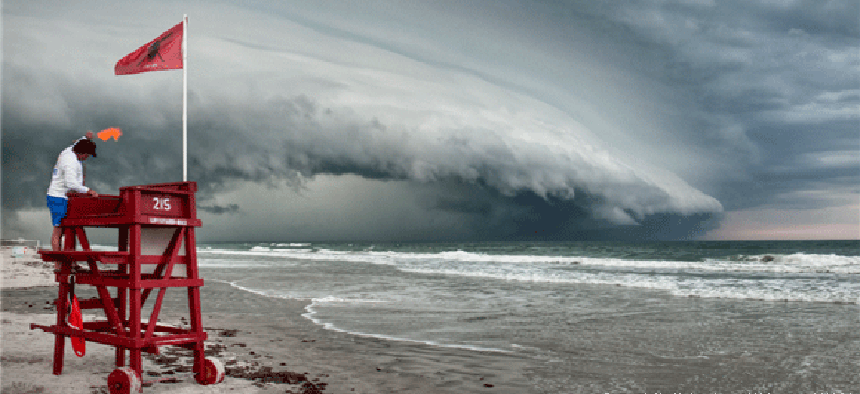App could improve weather alerts, forecasts


Connecting state and local government leaders
PressureNet takes data from atmospheric sensors on some Android phones to give scientists a clearer picture of severe weather.
Recent models of some Android smart phones contain a sensor that could go a long way toward improving weather forecasts and issuing alerts when conditions are about to turn severe.
The phones, mostly Android 3 phones, have atmospheric pressure sensors, essentially barometers, that if connected could provide a far-reaching, detailed view of weather conditions. Canadian software company Cumulonimbus is doing just that with an app called PressureNet.
The app was launched in late 2011 by developers Jacob Sheehy and Phil Jones, who were at first reluctant to release the data they were collecting because they hadn’t asked for permission from users, according to a report in MIT Technology Review. But a recent upgrade includes a pop-up explaining the app and giving users the option to opt out.
PressureNet collects barometer readings from the phones and sends them to a data center that serves the information to meteorologists and organizations so they can better study and more accurately predict the weather. The 3.0 version enables Cumulonimbus to provide a live stream of raw data to those scientists and forecasters.
The possibility of millions of phones delivering barometric pressure to a central source would be a significant development in forecasting, according to Cliff Mass, an atmospheric scientist at the University of Washington, who is helping to test the system, Technology Review reported.
“The implications are huge, particularly since surface pressure is a uniquely valuable meteorological observation,” Mass wrote in a blog post explaining how the data can be used. One graphic on his page shows the severe drop in air pressure in the New York area as Hurricane Sandy made landfall.
The atmospheric sensors currently are mostly on Android 3 phones such as the Galaxy Nexus, Galaxy S3, Galaxy Note, Galaxy Note II, Nexus 4, Nexus 10 and Xoom, Mass wrote, pointing out that millions of the phones have been sold just in the United States.
It’s not hard to image agencies such as the National Weather Service and NASA incorporating this kind of data into their data collections, forecasts and severe-weather warnings. In 2011, for examples, NWS completed a pilot program using weather sensors on Greyhound buses as part of a larger project to refine its observations.
The first live streams from PressureNet will be under way shortly. Cumulonimbus is currently building a Pressurenet API, which will be made available as soon as possible from the company's website.
This website also features the new Pressurenet Visualization, which shows the barometer readings for the past few days in a graph below a Google map. When users zoom into the map, the graph changes to only show the reading in that area. This is an improvement over the old view, which had barometer symbols scattered over a map. The company said it hopes to improve the visualization further by having a map with isobars (lines connecting points of the same atmospheric pressure), but that will be in aa future version.

NEXT STORY: New array could bring flash into government enterprises




